Researchers combine nanoplasmonic architectures and interferometry to bring nanoscale biosensors to near-commercial levels of sensitivity.
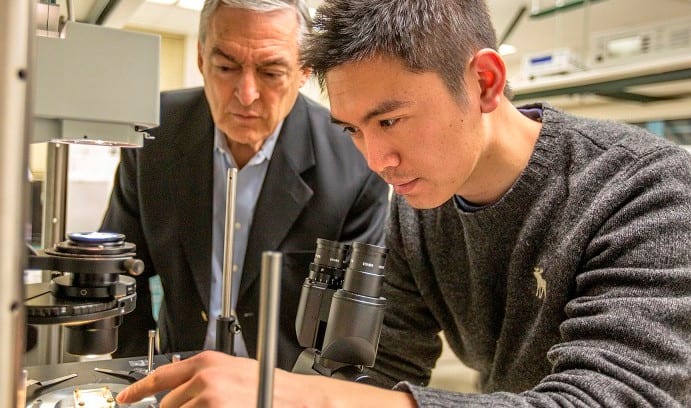

Researchers combine nanoplasmonic architectures and interferometry to bring nanoscale biosensors to near-commercial levels of sensitivity.
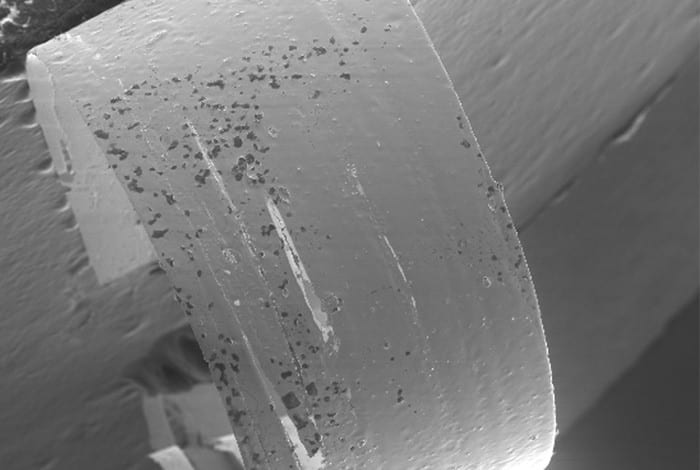
Scientists are working toward even stronger and more elastic glass types which would fail in a ductile fashion instead of shattering.

Vibration-damping material can also specifically conduct certain frequencies.
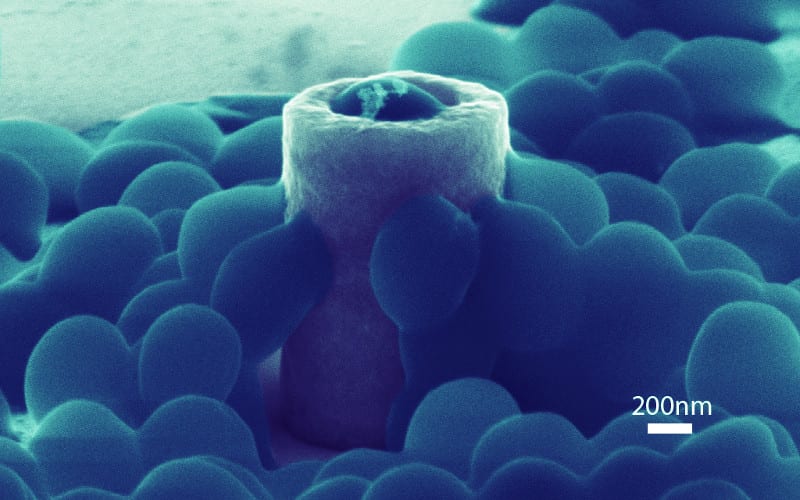
Berkeley Lab-led research could guide the development of bacteria-resistant materials.
Drugs used to treat blindness-causing disorders could be successfully administered by eye drops rather than unpleasant and expensive eye injections.
Will focus on organic synthesis, advanced process and formulation research, discovery chemistry for modern agricultural solutions, and molecular modelling.

Research team paves way to scale up manufacturing of large objects using a fully compostable bioplastic made from shrimp shells.
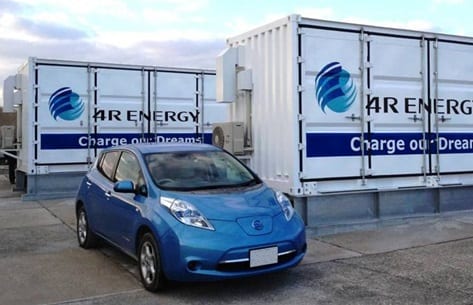
The company Sumitomo Corporation completed the world’s first large-scale power storage system made from reused electric vehicle batteries in Japan.
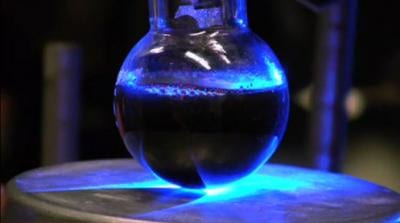
Berkeley Lab researchers identify key intermediate steps in artificial photosynthesis reaction.

Cu(In,Ga)Se2 (CIGS) thin-film solar cells have now reached a high efficiency level with a new record efficiency of 20.8 %.